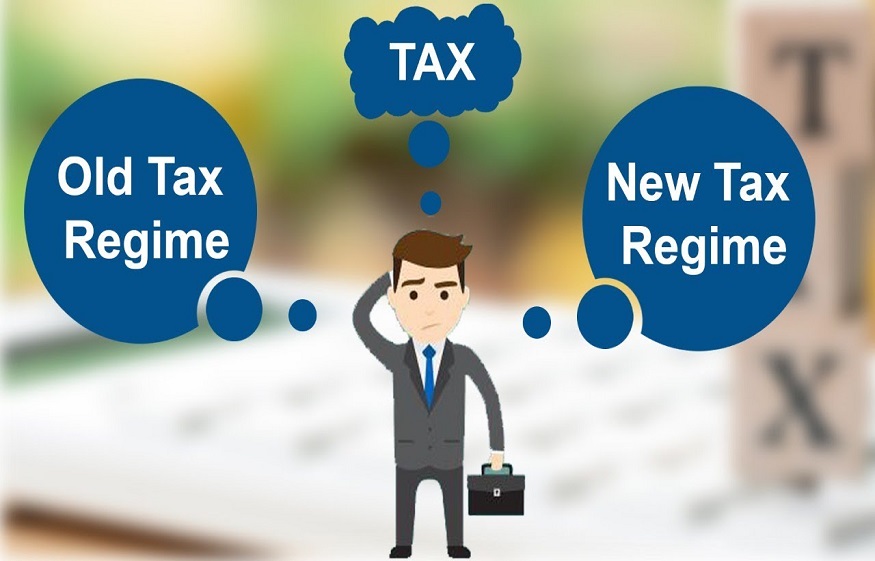ELSS or Equity Linked Savings Scheme is a type of mutual fund that can be used as a tax saving instrument. It is the only type of mutual fund that allows for tax deductions under section 80C of the Income Tax Act. Taxpayers are always looking for ways to reduce their income tax outgo and they often use tax saving investment options under Section 80C like PPF and Tax Saving FDs.
ELSS schemes allow for tax deductions upto Rs. 1.5 lakh in a given year. This means that an amount upto Rs. 1.5 lakh can be subtracted from your taxable income if it is invested in ELSS funds. This will effectively reduce the total income tax that you’re liable to pay.
New Tax Regime 2021
Income tax is charged according to slab rates based on your net annual income. The rate of tax increases as your annual income increases. Until the financial year 2019-20, the slab rates were 5%, 20% and 30% for incomes of Rs. 2.5 lakh to Rs. 5 lakh, Rs. 5 lakh to Rs. 10 lakh, and Rs. 10 lakh and above respectively. This is now termed as the Old Tax Regime.
y, however, the slab rates were modified and this new system is termed as the New Tax Regime 2020-21. The new tax regime has lower slab rates along with some conditions. The most important aspect of the New Tax Regime is that the taxpayer has the ability to choose whether they want to pay tax according to the old rates or new.
In the new regime, taxpayers can either:
1) Pay income tax according to the lower rates of the New Tax Regime. But in this case they would have to forego certain tax exemptions and deductions of income tax.
OR
2) Pay income tax according to the rates of the Old Tax Regime. They will have to pay the existing higher rates but at the same time they can avail rebates, exemptions and deductions as per the old rules.
There is no better option among the above two since the liable tax depends on a lot of factors. Some taxpayers may find that their tax liability is lesser in the older tax regime after availing tax benefits. Other taxpayers may find that the newer regime suits them better because their tax liability is lesser even after foregoing exemptions.
The best way to find out which regime is better for you is to calculate your tax liability using both regime rates and find out which is lesser.
Benefits of ELSS Under New Regime
The new tax regime does not allow for tax deductions under Section 80C, so one may feel that investing in ELSS funds in the new tax regime won’t be beneficial. However, this is not completely true. There are still plenty of benefits of ELSS even in the new tax regime. You can use ELSS purely as a wealth creation tool because they provide attractive returns. Also, if you’re an investor who tends to withdraw investments during volatile conditions, then ELSS might allow you to keep yourself invested because of the 3 year lock-in period.
To conclude, ELSS funds are beneficial and an excellent tool for wealth creation. Granted that they make more sense in the old tax regime when you can make tax deductions by investing in ELSS funds, but even in the new regime, they can still be a good option for investment.






